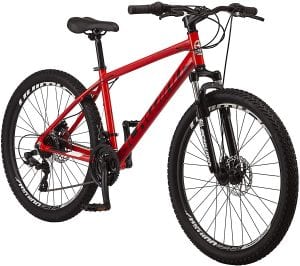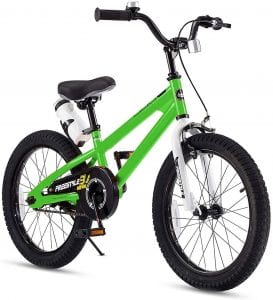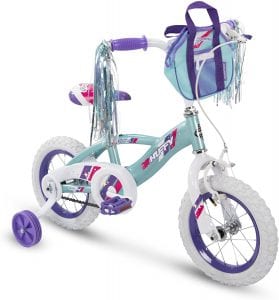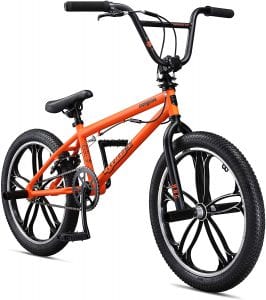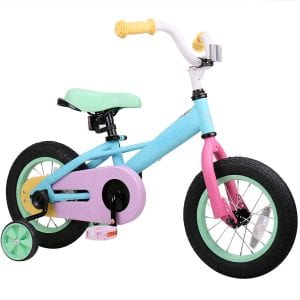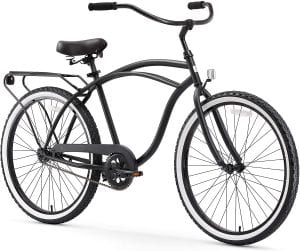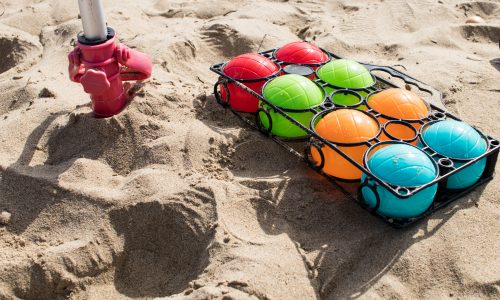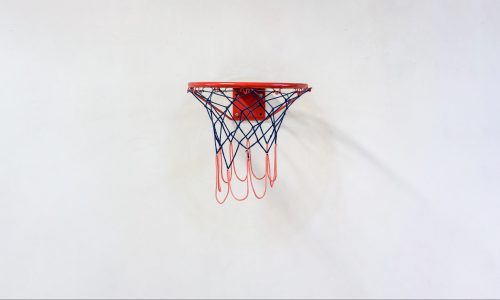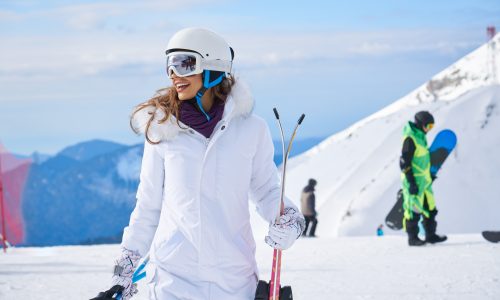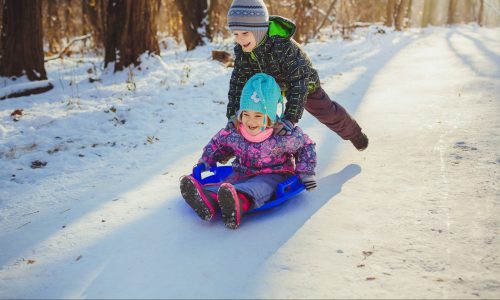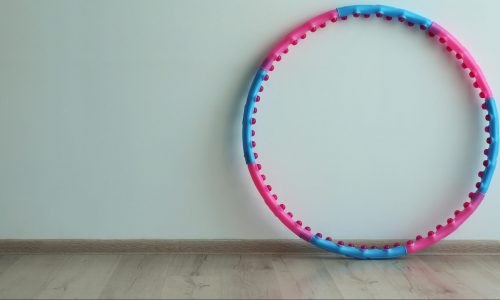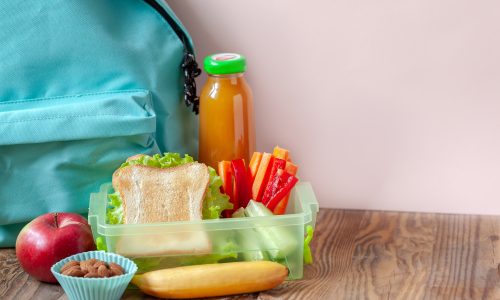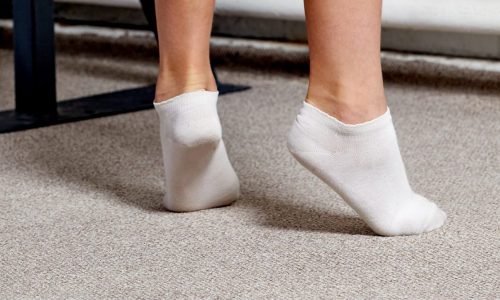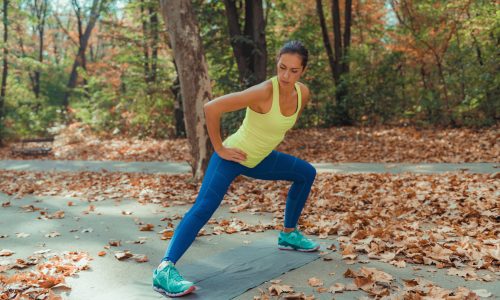The Best Kids’ Bicycle
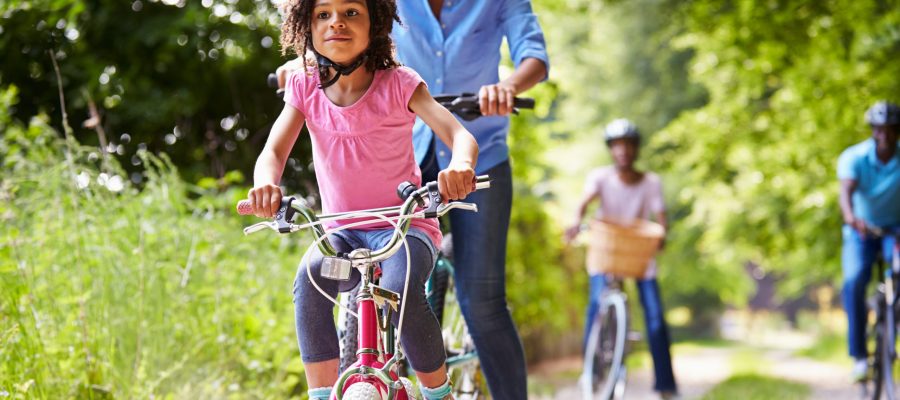
Our Review Process
Don't Waste Your Money is focused on helping you make the best purchasing decision. Our team of experts spends hundreds of hours analyzing, testing, and researching products so you don't have to. Learn more.
Our Picks For The Top Bicycles
- 1. Schwinn High Timber Youth & Adult Mountain Bicycle
- 2. RoyalBaby Kid’s Freestyle Bicycle
- 3. Huffy 12-Inch Glimmer Girls Bicycle
- 4. Mongoose Legion Freestyle Sidewalk Kid’s BMX Bicycle
- 5. JOYSTAR Macarons Kid’s Training Wheels Bicycle
- 6. sixthreezero Around The Block 24-Inch Single-Speed Beach Cruiser Bicycle
Kids can ride this bike on the pavement or the trails. The bike has a steel mountain-style frame with a suspension fork. You get excellent stopping power with front and rear brakes.
Responsive RidingThis kids' bicycle is perfect for a variety of terrain.
Ensure your little ones are safe with a front caliper brake and rear coaster brake. The bike is easy to ride, with a comfortable seat and non-slip pedals.
Safe and SecureThis kids' bike has a front caliper brake and rear coaster brake.
Kids will love the shiny streamers on this bike, along with the colorful decals. It has a durable and sturdy steel frame. Plus, the bike comes with a handlebar bag for carrying essentials.
Sparkly and FunThis kids' bike has shimmering streamers and colorful decals.
This kids’ bicycle works well for new or advanced riders. It has a sturdy steel BMX frame. Kids can do a variety tricks with the four freestyle pegs.
Ready For ActionThis bike is great for both beginners and expert riders.
Buying Guide
Learning to ride a “big kid” bike is one of the great rites of passage during childhood. Bikes bring a newfound sense of freedom for kids, helping them cover more distance in less time.
When selecting a kids’ bike, one of the most important things to get right is the size. Kids grow fast, and it can be tempting to buy a larger bike than they need because you expect them to grow into it. However, it’s important to remember that larger bikes can also be heavy, which can make it difficult for your child to maneuver the bike, and can make it more dangerous for them to navigate.
Most bikes come with age and height recommendations which are good starting points when selecting the right bike size. You’ll also want to make sure that your child can stand over the bike and have both of their feet flat on the ground on either side. They should be able to sit comfortably in the seat and reach the pedals. Their arms should be relaxed as they rest their hands on the handlebars. If your child cannot stand over the bike or has to stretch their arms to hold the handlebars, it’s likely the bike is too big for them.
What to Look For
- The most important measurement on a kids’ bike is the wheel size. The size of the wheel does not affect the frame size or the seat height. Check to see how adjustable the seat is on the kids’ bike. When standing over the bike, there should be at least an inch or two between your child and the seat for safety purposes.
- Take a look at the material the bike is made from, as that will affect the weight and longevity of the bike. Steel is a durable option that can withstand daily rough use. However, it can be heavier than the alternative, which is aluminum. Aluminum is a light material, though it can be more costly than steel. It is rust-proof, unlike steel which can rust if it is frequently used (or left outside) in wet weather.
- Most kids’ bikes will have either a hand brake or a coaster brake. Coaster brakes work when the rider pedals backward. This is an easy way for kids to understand how to use brakes. Many younger children also don’t have the hand dexterity or strength to use hand brakes. Hand brakes are a better option for kids over 5 years of age.
More to Explore
A kickstand is an important accessory that is not found on all kids’ bikes. A kickstand keeps the bike propped up without having to lean it on something. Without a kickstand, kids may toss their bikes on the ground, which can affect the structural integrity of the bike.
Having a bell on the bike is a handy feature that helps alert others that a bicyclist is approaching. It’s important to teach your child how and when to use the bell so they don’t collide with others while riding.

